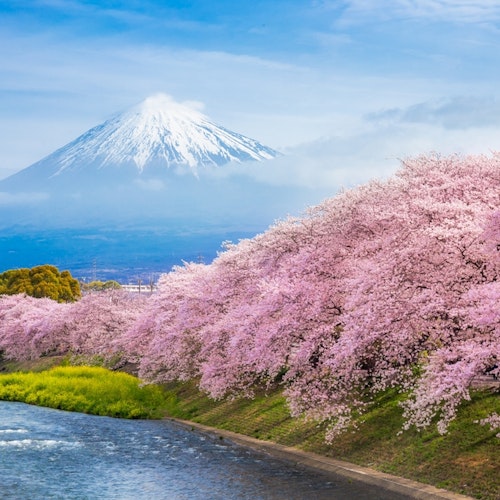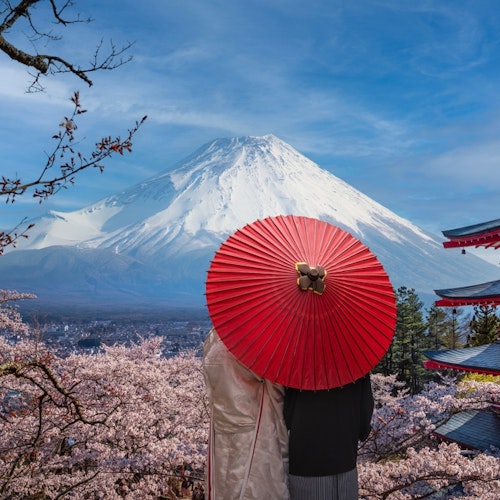
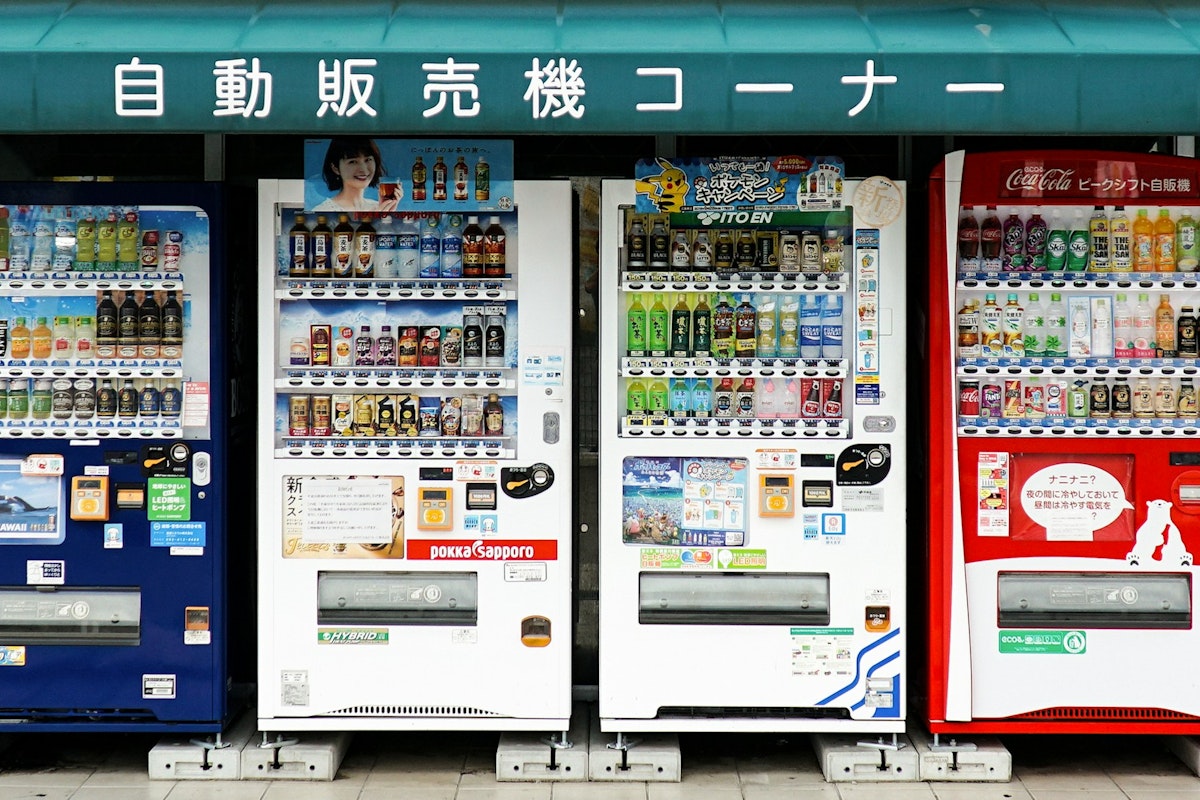
Japan is home to over 5 million vending machines, making it the country with the highest vending machine density in the world. These ubiquitous automated vendors, known as "jidōhanbaiki" (自動販売機), are far more than simple drink dispensers – they're an integral part of Japanese daily life and culture.
Whether you're a first-time visitor or planning an extended stay, mastering the art of Japanese vending machine usage will significantly enhance your experience in the Land of the Rising Sun.

Discover Tokyo's splendor in a one-hour open-air bus tour, showcasing landmarks like Tokyo Tower and Ginza.
Japanese vending machines represent more than mere convenience – they embody the nation's commitment to efficiency, technology, and customer service. You'll encounter these automated marvels approximately every 23 people, selling everything from hot and cold beverages to fresh flowers, electronics, and even hot meals. This incredible density exists due to Japan's unique combination of factors: high population density, excellent security (allowing machines to operate safely 24/7), advanced technology infrastructure, and a culture that values convenience and automation.
The trust-based society enables vending machines to function in locations where they might be vandalized elsewhere. Japanese customers respect these machines as community assets, contributing to their remarkable success and proliferation across urban centers, rural areas, train stations, and even mountain hiking trails.
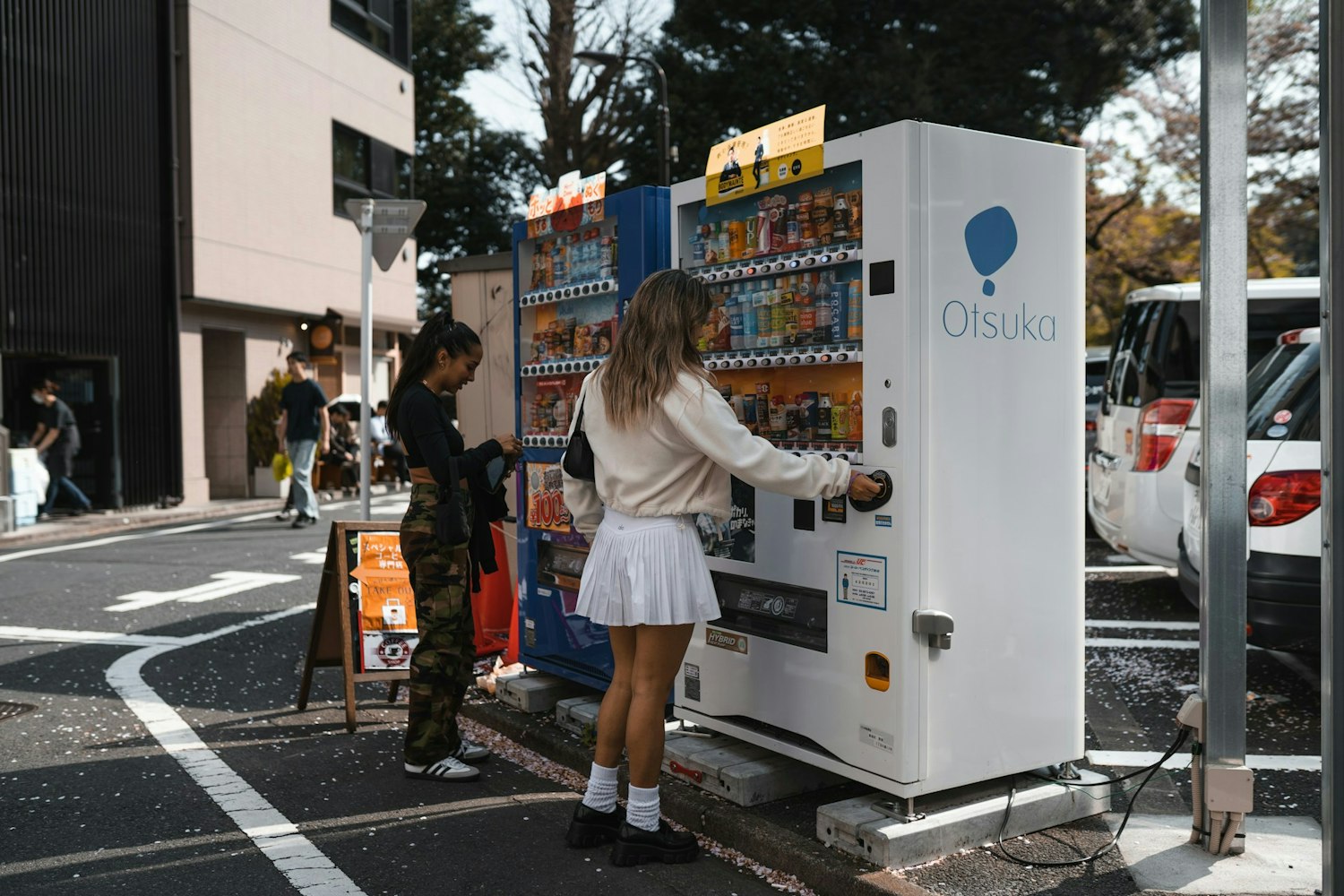
Traditional cash payment remains the most universally accepted method across all Japanese vending machines. Most machines accept coins ranging from 10 yen to 500 yen, plus 1,000 yen bills. Many newer models also accept 5,000 yen and 10,000 yen bills, though change capacity varies by machine and location.
When inserting bills, ensure they're oriented correctly – most machines display a small diagram showing proper bill insertion direction. Wrinkled or damaged bills may be rejected, so keep your currency in good condition.
Modern Japanese vending machines increasingly support IC card payments, including Suica, Pasmo, Icoca, and other regional transportation cards. These contactless payments offer speed and convenience – simply tap your card on the designated reader panel, usually marked with IC card logos.
Mobile payment options like Apple Pay, Google Pay, and QR code systems (PayPay, Line Pay) are becoming more common, particularly in urban areas and newer machine installations. Look for smartphone symbols or QR code stickers on the machine interface to identify digital payment compatibility.
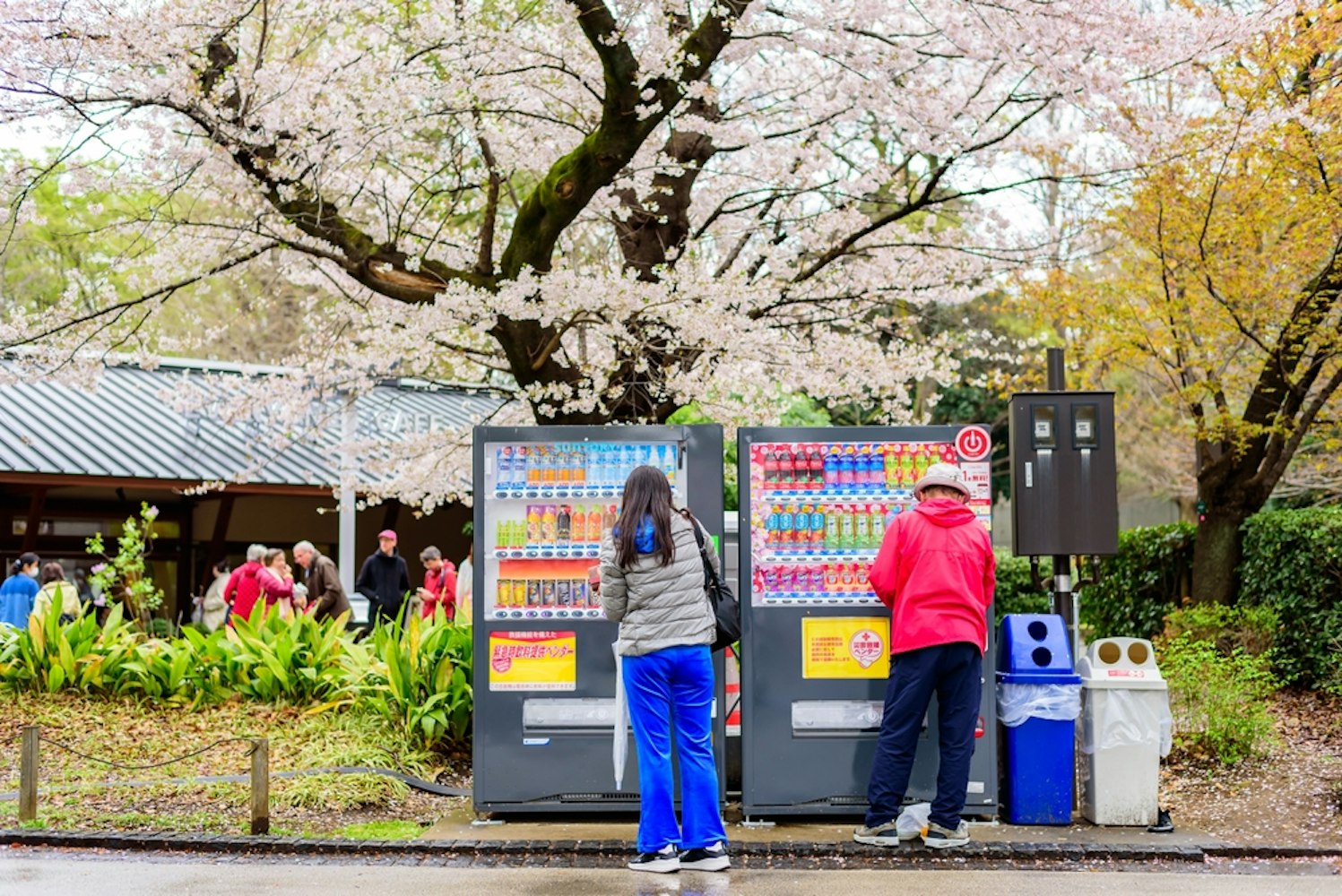
Japanese vending machines are strategically positioned for maximum accessibility. You'll find them outside convenience stores, near train station entrances, in office building lobbies, and along busy pedestrian corridors. Many machines feature bright LED lighting and attractive product displays to catch your attention from a distance.
Before approaching, observe the machine's general condition and lighting – well-maintained machines with clear illumination typically offer the best selection and functionality.
Japanese vending machine displays follow intuitive visual layouts, even for non-Japanese speakers. Products are typically arranged in a grid pattern with corresponding selection buttons positioned directly below or beside each item. Prices are clearly displayed in Arabic numerals (¥120, ¥160, etc.), making cost identification straightforward regardless of language barriers.
Hot beverages are often indicated by red backgrounds or red selection buttons, while cold drinks feature blue backgrounds or buttons. Seasonal items and limited-time offerings may have special highlighting or promotional stickers.
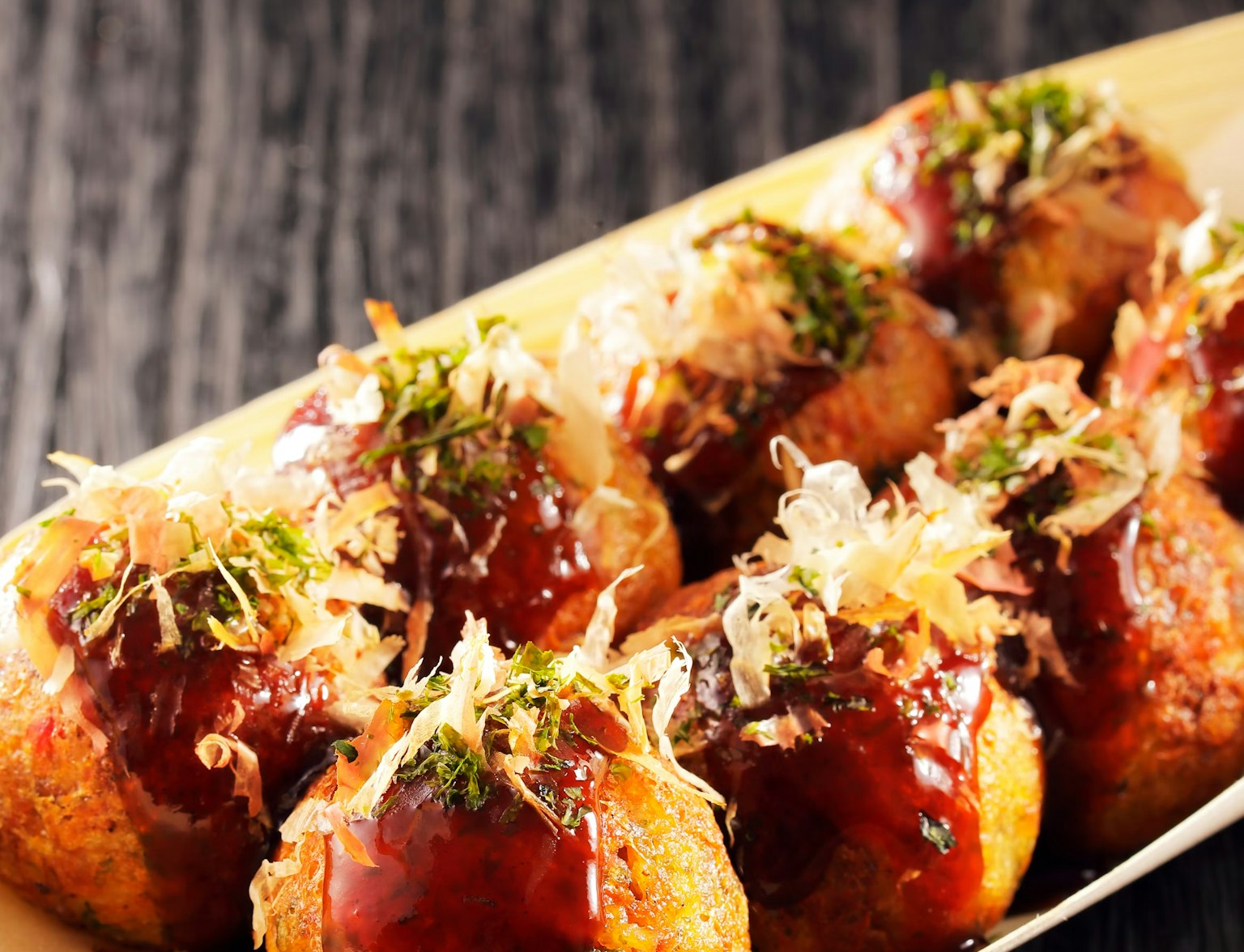
Embark on an unforgettable evening exploring the vibrant districts of Tenma and Kyobashi in Osaka.
Insert your payment method first – whether cash, IC card tap, or mobile payment scan. The machine's display will show your credit amount, and available selections will illuminate. Products you can afford will have bright buttons or lit displays, while expensive items remain dim or inactive.
Press your desired item's selection button firmly. Most machines provide audio feedback – a beep or chime – confirming your selection. Your chosen product will drop into the retrieval compartment within seconds, accompanied by any necessary change.

Beverage machines represent the most common vending machine category in Japan. These sophisticated units maintain separate temperature zones, keeping coffee, tea, and cocoa steaming hot while maintaining sodas, water, and iced teas refreshingly cold.
Popular hot beverage options include canned coffee brands like BOSS, Georgia, and Wonda, plus traditional Japanese teas and seasonal specialties like amazake (sweet rice drink) during winter months. Cold selections feature familiar international brands alongside uniquely Japanese flavors like ramune (marble soda), Pocari Sweat sports drink, and seasonal fruit-flavored beverages.
Japan's food vending machines venture far beyond typical snack offerings. You'll discover machines dispensing fresh sandwiches, onigiri (rice balls), instant ramen, bento boxes, and even hot pizza and hamburgers. These specialized machines often feature heating elements and refrigeration systems to maintain food safety and quality.
Some food machines require brief waiting periods for heating, indicated by countdown timers or flashing lights. Premium food vending machines in business districts may offer restaurant-quality meals with sophisticated preparation mechanisms.
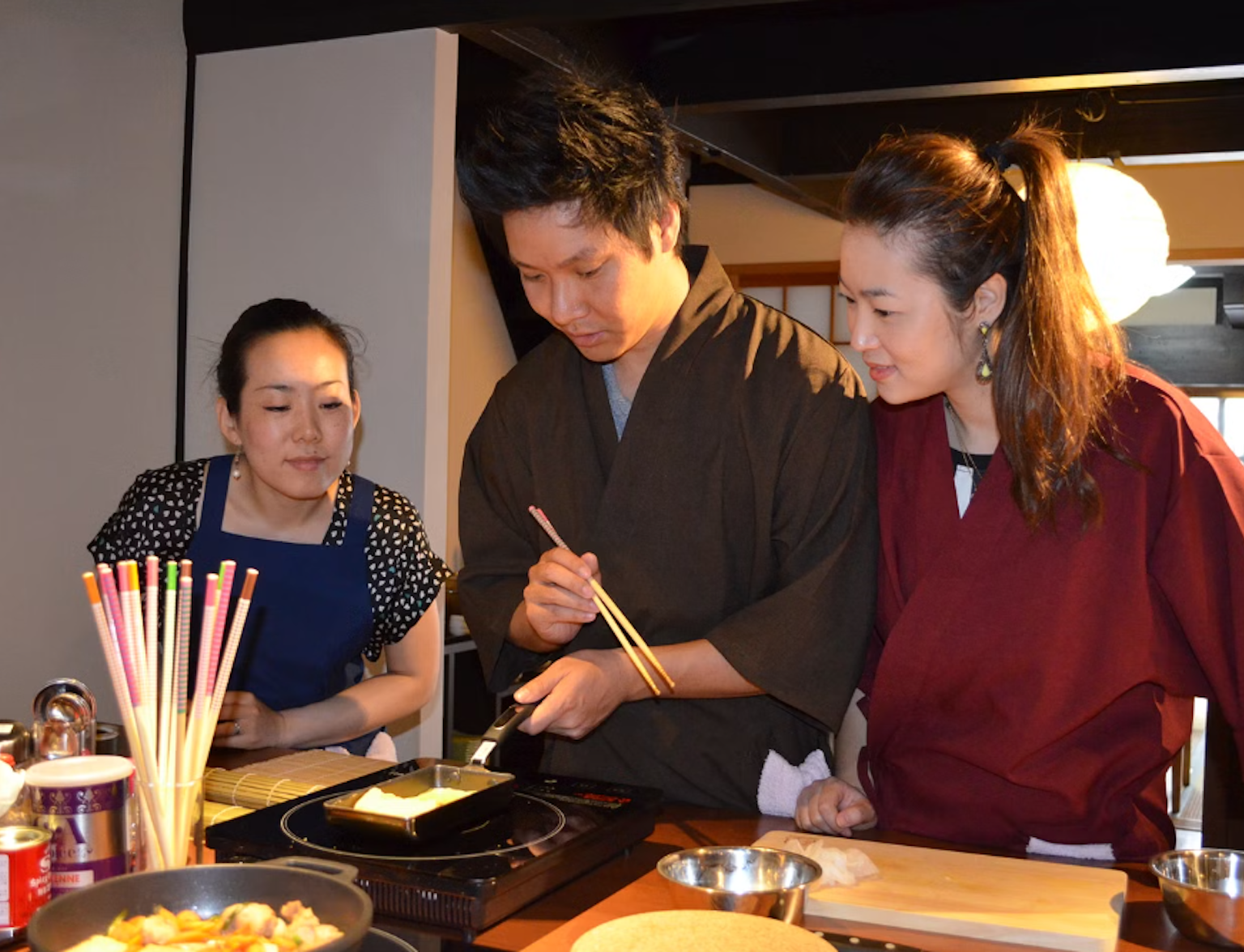
Embark on a culinary journey with our Bento Cooking Class in Kyoto.
Japan's vending machine innovation extends to countless specialty categories. Electronics vending machines stock phone chargers, earbuds, and portable batteries – perfect for travelers. Cosmetic machines offer skincare products, makeup items, and personal hygiene essentials.
More unusual vending machines sell fresh flowers, books, toys, clothing items, and regional souvenirs. These specialty machines often cluster around relevant locations – flower machines near hospitals, electronics near train stations, and souvenir machines at tourist attractions.
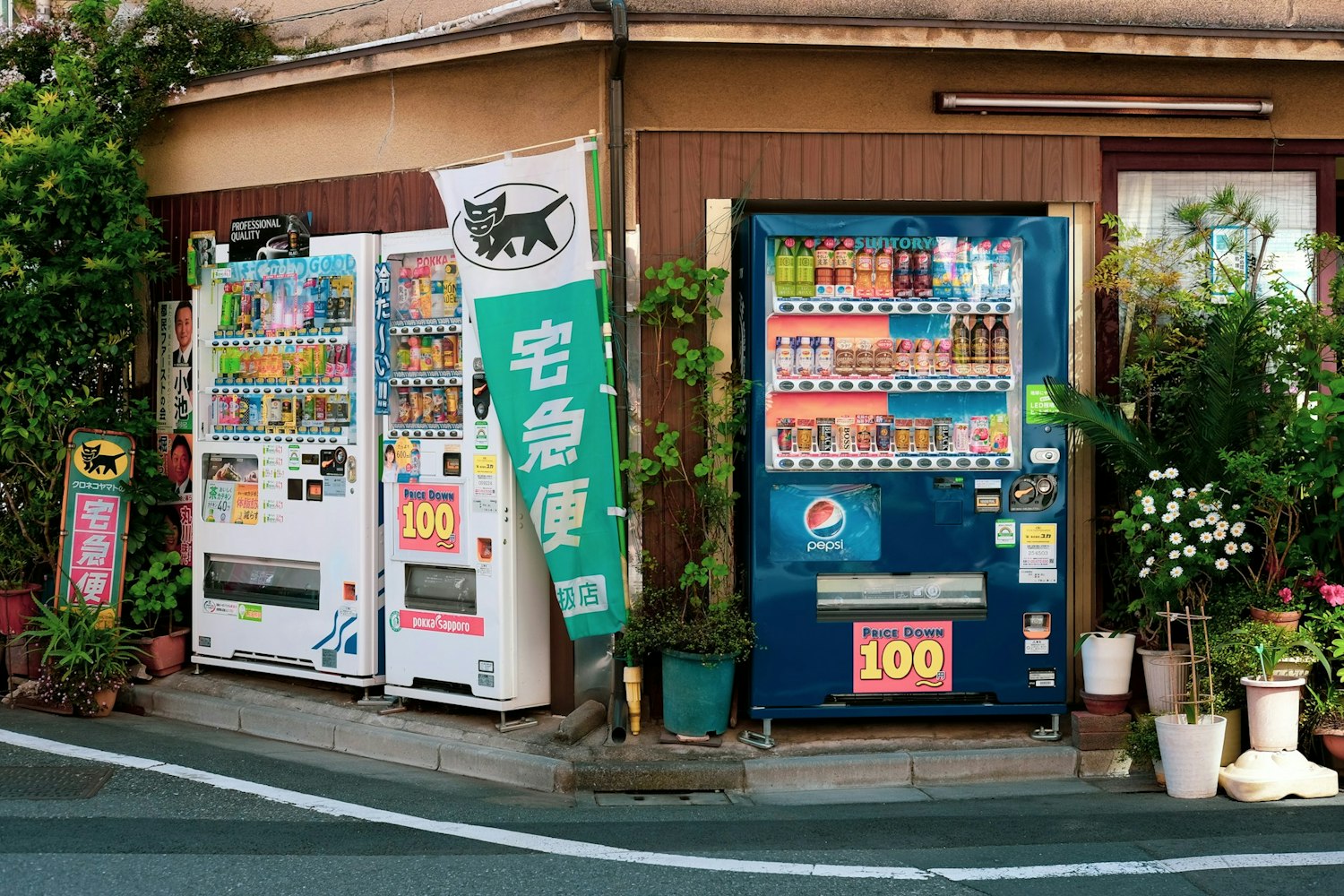
Japanese vending machine etiquette emphasizes consideration for other users and respect for the equipment. Avoid blocking machines during peak hours, step aside promptly after completing your purchase, and dispose of packaging in nearby recycling bins rather than leaving it on the machine.
Queue politely if others are waiting, and don't test multiple buttons or spend excessive time deliberating during busy periods. Japanese culture values efficiency and group harmony, so quick, decisive purchasing behavior demonstrates cultural awareness.
Japan's comprehensive recycling culture extends to vending machine usage. Most machines feature integrated recycling bins specifically for containers purchased from that machine. Separate your aluminum cans, plastic bottles, and glass containers according to the clearly marked compartments.
This recycling system reflects Japan's environmental consciousness and contributes to the cleanliness and sustainability of the vending machine ecosystem. Participating properly shows respect for local environmental values and helps maintain the pristine condition of public spaces.
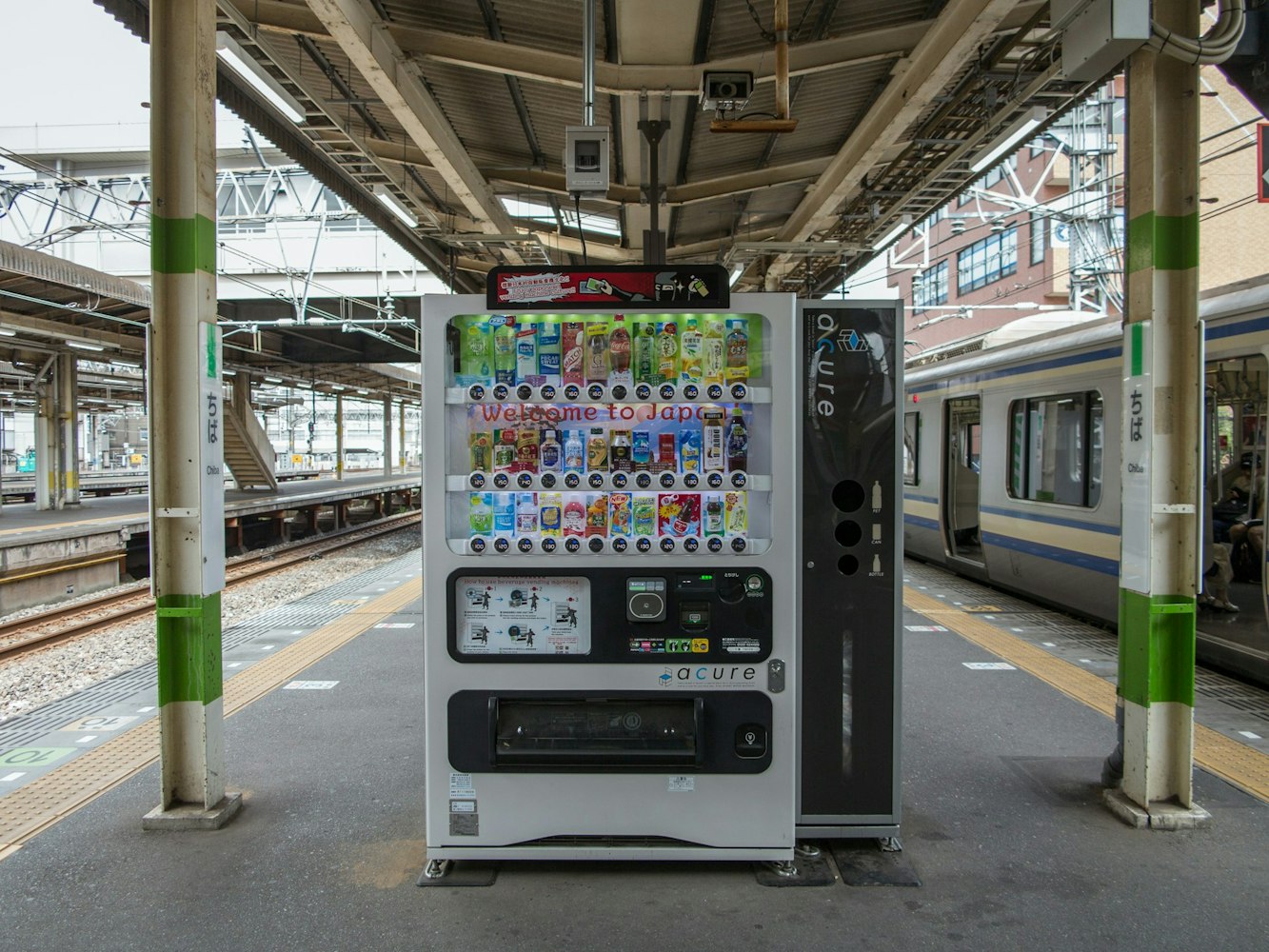
Occasionally, vending machines may reject valid currency or experience technical difficulties. If a bill is rejected repeatedly, try smoothing it flat or using a different denomination. For IC card problems, ensure your card has sufficient balance and hasn't expired.
Most machines display error messages in Japanese, but common issues include "sold out" (完売/kanbaai), "exact change only" (お釣りなし/otsuri nashi), and "under maintenance" (点検中/tenken-chuu). If a machine malfunctions after payment, note the machine's identification number and contact information, usually displayed on a sticker.
Japanese vending machine companies provide customer service numbers, typically displayed prominently on each machine. While operators may have limited English capability, they can often resolve payment issues or product delivery problems. Many companies also offer email support or online reporting systems.
For immediate assistance, nearby convenience store staff often help with vending machine problems, especially for machines located on their property. Police boxes (koban) can also provide guidance for tourist-related vending machine difficulties.
Japanese vending machines regularly rotate seasonal products and promotional offerings. Summer brings limited-edition fruit flavors and cooling beverages, while winter features warm, comforting drinks and seasonal treats. Watch for promotional stickers indicating special prices or new product launches.
Early morning and late evening hours sometimes offer discounted prices on certain items, particularly in business districts where demand fluctuates with office hours. Some machines provide loyalty programs through IC card integration, offering points or discounts for frequent users.

Dive into the heart of Tokyo's otaku culture with an unforgettable journey through Akihabara.
